Between September 1959 and July 1960 a flash of activity illuminated Milan’s already vibrant artistic scene. An art review called Azimuth, and a gallery called Azimut, were organised by the rather unlikely duo of Piero Manzoni, who would become notorious as the creator of Artist’s Shit (1961) as well as for his Achromes, and Enrico Castellani, known for his monochrome canvases with undulating surfaces. The two issues of the review featured their own work, their Milanese contemporaries and wider networks in Europe and North America, and the gallery did much the same. This exhibition takes Azimut/h as the centre of a constellation of art and artists – a diagram on the gallery wall seeks to visualise this, with impressive, if bewildering, results – and brings together works by those featured in the gallery or publication to evoke an artistic tendency which Castellani himself said was ‘impossible to define’.
‘Continuity and Newness’, the subtitle to the second edition of the review, emphasises the artists’ interest in their forebears and contemporaries, as much as their own innovations. This exhibition borrows the subtitle and the sentiment, exhibiting many fellow travellers alongside Manzoni and Castellani. Alberto Burri and Lucio Fontana’s gestural paintings and perforated picture planes are obvious precedents, and the first issue of Azimuth featured Guido Ballo’s text on Fontana, ‘Beyond Painting’. Manzoni and Castellani also looked further afield, to Jean Tinguely’s kinetics and Yves Klein’s monochromes, and their wider network included Günter Uecker and Heinz Mack, who connect Azimut/h to Peggy Guggenheim’s own collection. Azimut/h’s transatlantic networks are evident in Jasper Johns’ reproductions of familiar objects, and Robert Rauschenberg’s incorporation of everyday objects and of course untitled white paintings.
White was central to both Manzoni and Castellani’s art during the Azimut/h period. Manzoni’s Achrome series saw him attempting to zero pictorial language. His technique of soaking myriad materials (from canvas to bread rolls) in kaolin, as well as using naturally white or off-white materials (from raw canvas to fake fur) is well represented in the exhibition. Castellani’s White Surface series allowed him to pursue his interest in light, which he manipulates through the ‘extroflexions’ and ‘introflexions’ created by rhythmically placed nails; a 1959 work from this series was exhibited at his first solo show at Azimut in 1960.
White works by Manzoni and Castellani (amongst others) attracted much attention at the contemporary Italian sales held in London during Frieze week. Manzoni’s Achrome (1958–59) sold at Sotheby’s for the highest amount in the week’s auctions, £12.6 million. This exhibition was advertised at the Christie’s Italian Sale – a reminder, if one were needed, of the significance of some of the works up for auction. The Guggenheim exhibition does include examples of Castellani’s work in other colours, black, silver, red and grey-brown, the latter the artist’s first sale in 1959, to Fontana. Exhibiting such works alongside Fontana’s pieces and objects by Manzoni (which include Artist’s Shit and the Lines first exhibited at Azimut), reinforce the exploration of image, artwork and object undertaken by Azimut/h’s founders.
While subjectivity is outlawed, participation is encouraged; the kinetic works by Gianni Colombo, Giovanni Anceschi and Davide Boriani, are enthralling. The exhibition’s start and end are marked by Manzoni’s Magic Base – Living Sculpture (1961) and visitors are invited to stand upon the pedestal to become their own Manzoni object. The Azimut/h atmosphere is evoked through facsimiles of the review and photographs of the gallery enlarged on the walls. Recreating the Azimut experience has been attempted previously (by Gagosian in London in 2011), but never on this kind of scale.
The exhibition is exhaustive – why have just one egg with Manzoni’s thumbprint when you can have three? – and succeeds in conjuring up a sense of those 11 fertile months in the Milan art scene and its orbit.
‘AZIMUT/H. Continuity and Newness’ is at the Peggy Guggenheim Collection, Venice until 19 January 2015.
Related Articles
First Look: ‘ZERO: Countdown to Tomorrow’ at the Guggenheim New York (Valerie Hillings)
‘La Bella Figura’ at Max Wigram Gallery (Rosalind McKever)
Review: Lucio Fontana at the Musée d’Art Moderne, Paris (Emma Crichton-Miller)
Unlimited access from just $16 every 3 months
Subscribe to get unlimited and exclusive access to the top art stories, interviews and exhibition reviews.

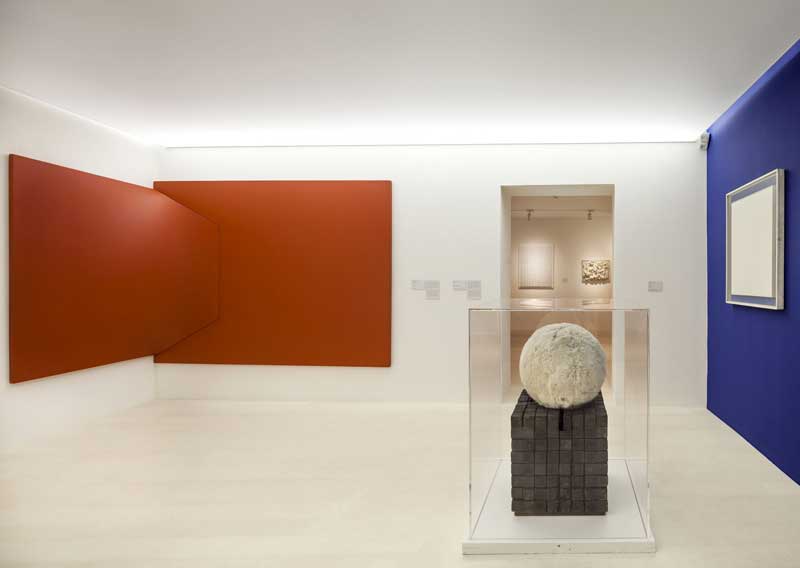
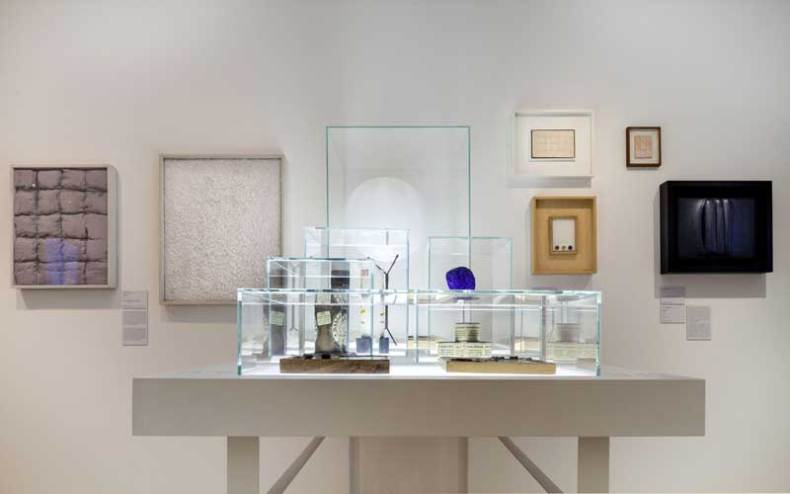
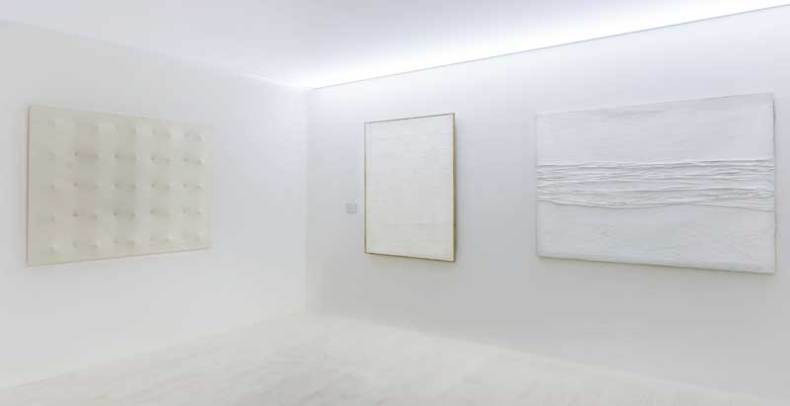
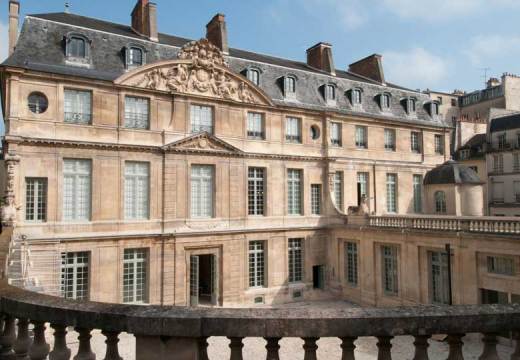
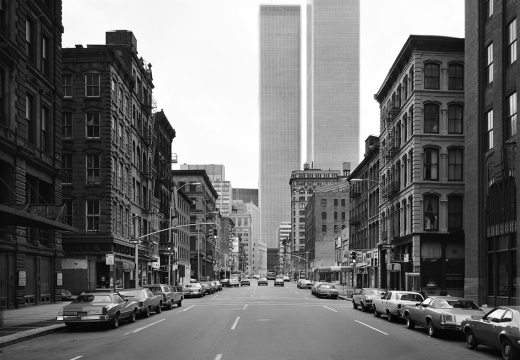
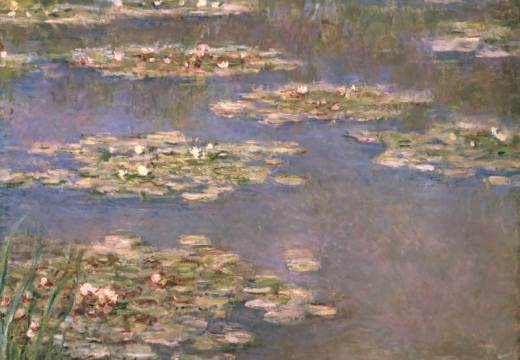









![Masterpiece [Re]discovery 2022. Photo: Ben Fisher Photography, courtesy of Masterpiece London](http://www.apollo-magazine.com/wp-content/uploads/2022/07/MPL2022_4263.jpg)
It’s time for the government of London to return to its rightful home